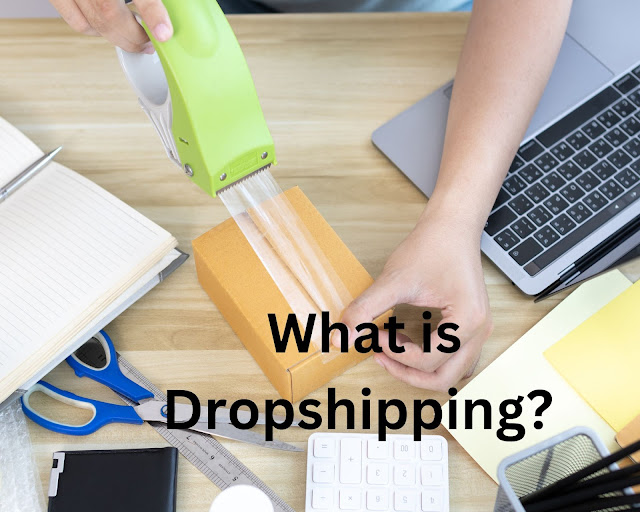Dropshipping is a retail fulfillment method where a store does not keep the products it sells in stock. Instead, when a store sells a product, it purchases the item from a third party and has it shipped directly to the customer. As a result, the merchant never sees or handles the product. This can be a cost-effective way for merchants to start an e-commerce business, as they don't have to invest in inventory upfront.
What are the benefits of dropshipping?
There are several benefits of drop shipping, including:
- Low startup costs: Since you don't have to purchase inventory upfront, you can start an e-commerce business with a relatively small investment.
- Low risk: With drop shipping, you only pay for the product when you've already sold it to a customer, which reduces the risk of being left with unsold inventory.
- Flexibility: Dropshipping allows you to offer a wide variety of products without having to hold a large inventory. This allows you to test different products and niche markets without incurring significant costs.
- Scalability: As your business grows, you can easily scale up your product offerings without having to worry about storage and logistics.
- Location independence: With drop shipping, you can run your business from anywhere, as long as you have an internet connection.
- Simplified logistics: Since the supplier handles the shipping and handling of products, it eliminates the need to deal with the logistics of storing, packaging, and shipping products.
Starting a dropshipping business involves several steps, including:
- Choosing a niche: Select a niche or product category that you are passionate about and that has a proven track record of sales.
- Finding a supplier: Research and find a supplier that carries the products you want to sell. Look for a supplier that offers good prices and has a good reputation.
- Setting up your online store: Create an online store using a platform such as Shopify, WooCommerce, or BigCommerce. Choose a design and layout that aligns with your brand and product offerings.
- Importing products: Use the import feature of your e-commerce platform to import products from your supplier into your store.
- Setting up payment and shipping: Set up payment and shipping options for your store, so customers can make purchases and have their orders shipped to them.
- Marketing and promotion: Create a marketing plan that includes strategies for promoting your store and products to your target market.
- Customer service: Establish a customer service process to handle customer inquiries, returns, and complaints.
- Continual optimization: Continuously monitor and optimize the performance of your store, such as by analyzing metrics, testing different marketing strategies, and making adjustments as necessary.
It's also important to note that to be successful in dropshipping business, it is important to have knowledge about the products, and suppliers and also be able to find a profitable niche, as well as be able to create and execute a marketing strategy that will help you attract and retain customers.
Conclusion
In conclusion, dropshipping is a retail fulfillment method where a store does not keep the products it sells in stock. Instead, when a store sells a product, it purchases the item from a third party and has it shipped directly to the customer. Starting a dropshipping business can be a cost-effective way to start an e-commerce business with a relatively small investment, low risk, flexibility, scalability, and location independence.
The process of starting a dropshipping business includes choosing a niche, finding a supplier, setting up an online store, importing products, setting up payment and shipping, marketing and promotion, and customer service. It's important to note that to be successful in dropshipping business, it is important to have knowledge about the products, and suppliers and also be able to find a profitable niche, as well as be able to create and execute a marketing strategy that will help you attract and retain customers.





0 Comments